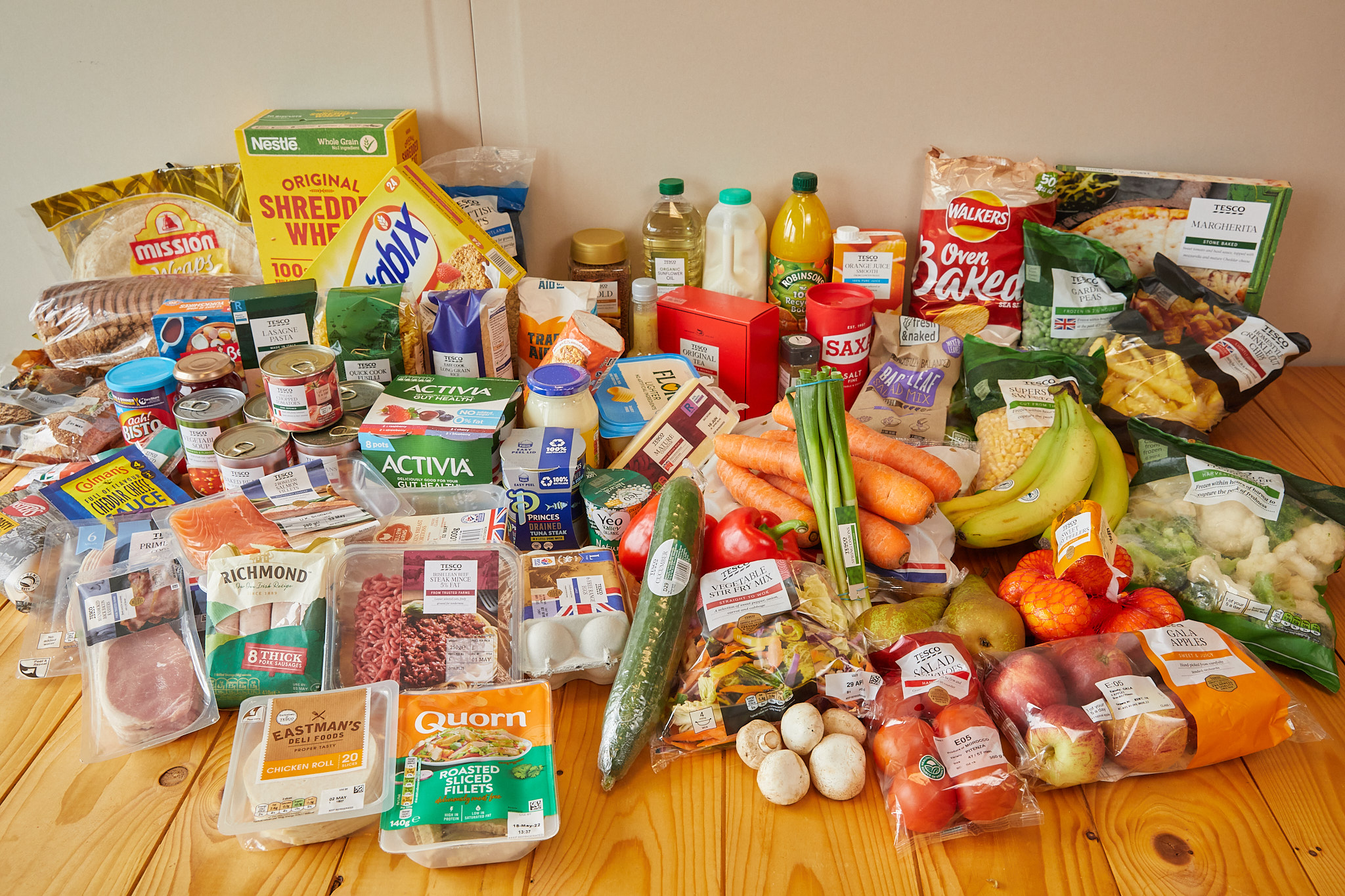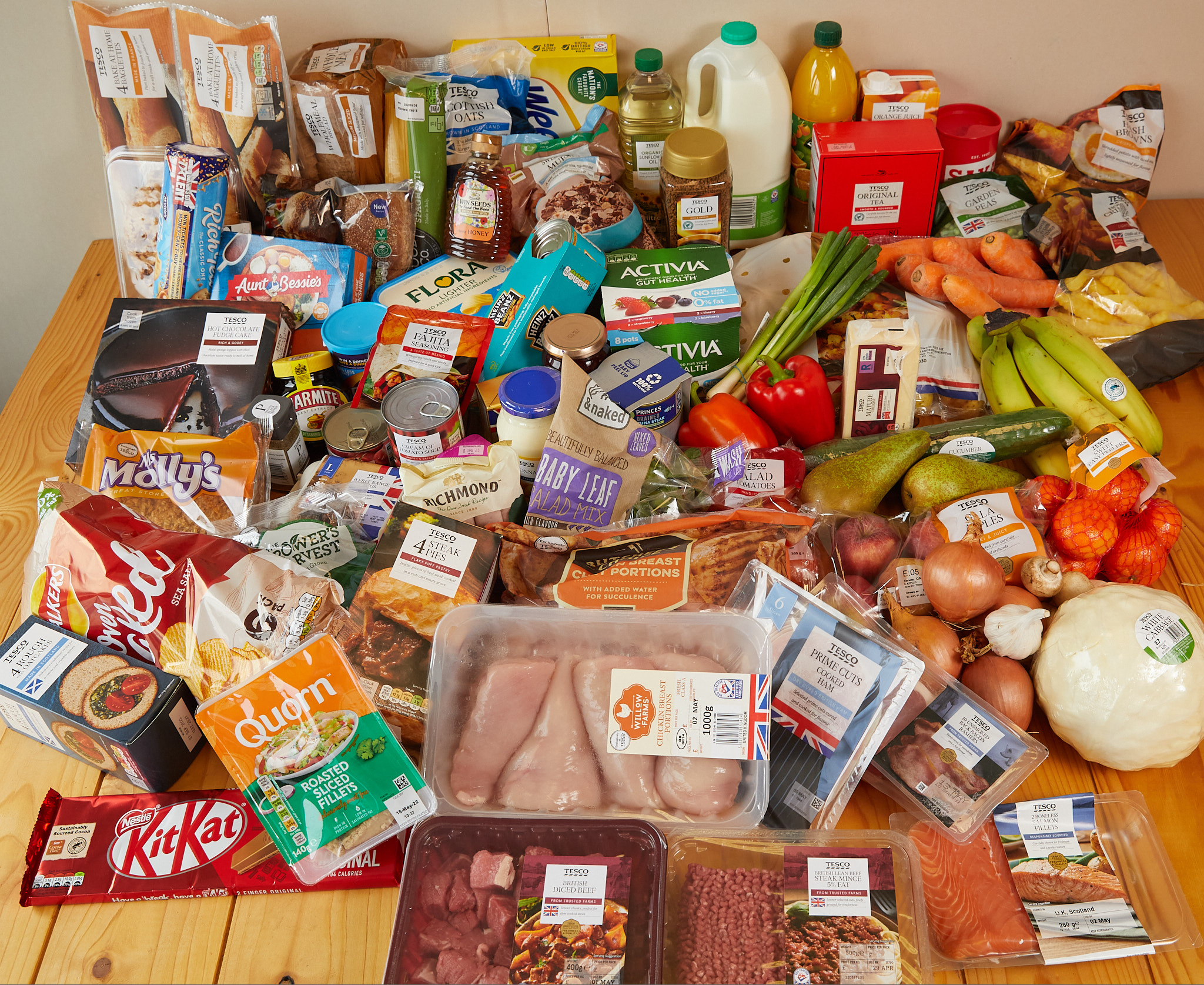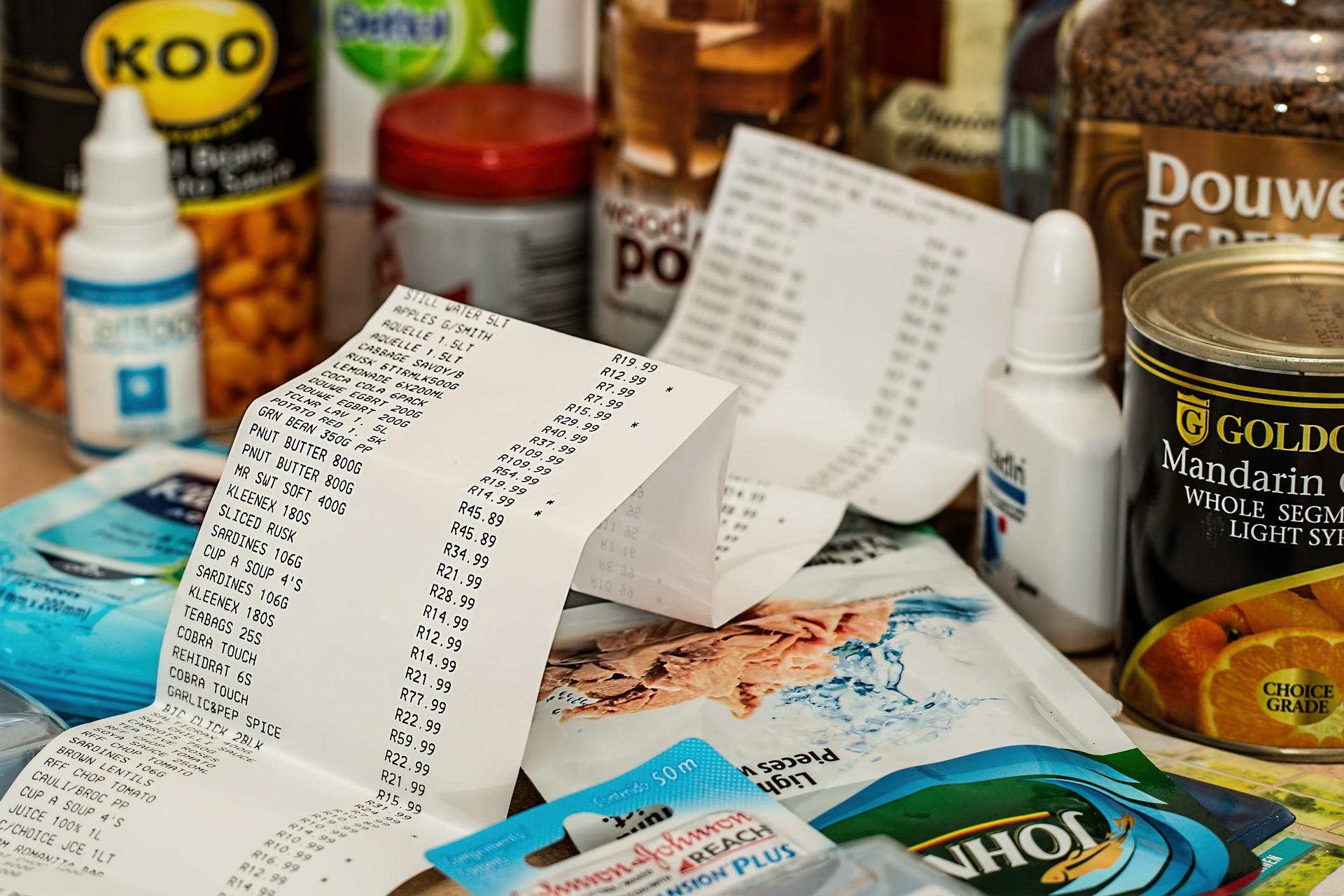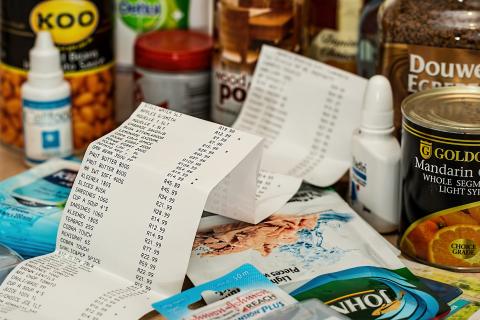Food Prices Tracking
The Food Foundation’s Basic Basket tracker measures weekly prices of a basket of food for an adult male and adult female as part of a reasonably-costed, adequately-nutritious diet.
Click on the 'weekly price changes' tab to see the price of the baskets and click on the 'product lists' tab to see the contents of the basket.
Food Product List: Woman's Basket

Food Product List: Man's Basket

Basic Basket Tracker: FAQs
What is the Basic Basket Tracker?
The Food Foundation’s Basic Basket tracker measures weekly prices of a basket of food for an adult male and adult female as part of a reasonably-costed, adequately-nutritious diet. This aims to provide a benchmark to give an indication of trends in food prices and how this might be impacting on the cost of buying sufficient food.
Why are we tracking this?
The cost of living crisis has been making it increasingly difficult for people to be able to afford the food they need. Rising food prices are a factor affecting the affordability of food (alongside other important factors such as overall household income and other budgetary pressures such as energy bills), and so monitoring the changes in these provides an indication of the impact of the cost of living crisis.
The Office for National Statistics provides a measure of food inflation using the Consumer Price Index which measures the cost of approximately 170 to 210 food and drink items on a monthly basis. The items chosen are representative of consumer spending patterns. However, this doesn’t reflect the change in price of a typical food shop and dietary requirements are not a consideration in the selection of products.
How were the products in this basket chosen?
The products in the basket are based on the Minimum Income Standard (MIS) basket developed by Loughborough University’s Centre for Research in Social Policy (CRSP), funded by the Joseph Rowntree Foundation. CRSP developed the basket through multiple discussion groups with working age adults to form case study menus which were adjusted by a nutritionist to meet nutritional standards and developed into a weekly shopping basket.
The Centre has developed a range of baskets for different family types - we have used their baskets for a single man and single woman of working age from 2018.
We have made some changes to their original baskets which forms part of the calculation of what different sorts of households need for a minimum standard of living in the UK. The MIS food basket includes the cost of Christmas/celebration food and eating out, whereas our basket is just focused on the weekly grocery food shop. Several items were not available in their original form (largely not in the same pack size), so we substituted for equivalents but closest pack size available now. We have made a few substitutions to the basket in order to keep it within broad nutritional parameters.
How is the price calculated?
The price is calculated by taking the cost of each item in the basket from the Tesco online website, and then calculating the cost of the proportion of the product that would be consumed that week. It is not a basket that would be purchased every week (i.e. a 750gram pot of salt would last several weeks; the weekly cost given just includes the cost of the amount that would be used per week).
Tesco has been used as this is the retailer at which the MIS food basket is also costed. People in the focus groups said that food should be costed in a supermarket where you are able to do all of your weekly shop in one go (Tesco, Asda, Sainsburys or Morrisons), and Tesco has the largest grocery market share in Great Britain at 27.3%.
Where Tesco offers promotions (such as Clubcard discounts), these have been included providing that these didn’t require buying additional products (e.g. meal deals, multibuy offers etc).
Where products are not available one week, the cost of the product during the last week it was available has been used. If a product is not available for three weeks consistently, it will be substituted to the closest possible alternative until the original product again becomes available.
Does The Food Foundation recommend this as a healthy basket of food?
We do not recommend this as an ideal healthy basket of food that people should be aiming for. However, this is a realistic basket of what someone might eat that meets major nutritional requirements. For the average person, it contains an appropriate amount of calories, oily fish, fibre, and fruit and veg. It is within the maximum recommendations of less healthy nutrients including salt, free sugar, saturated fat. It is thus considerably healthier than the diets of most people living the UK.
Is this a low-cost basket of food?
This basket is not reflective of what people on the lowest incomes are able to afford or would regularly purchase. It is based on the established Minimum Income Standard research which is rooted in public consensus about what constitutes a socially acceptable diet. The Government's Family Food Survey (2020) suggests that households in the poorest decile spent £22.45 per week on grocery food and non-alcoholic drink shopping which is considerably less than the cost of this basic basket, and highly unlikely to be enough to afford sufficient, nutritious food.
Why are the female and male baskets different?
Loughborough University’s Centre for Research in Social Policy develop a number of different baskets for different configurations of family type. We have chosen to look at just two of them – the working age male and working age female baskets. The male basket has slightly more items and men have higher calorie requirements and so this basket costs slightly more than the female basket.
Woman's basket


Man's basket


The average monthly percentage change in retail food price indices (CPIH) for the UK
The Consumer Price Index including owner occupiers’ housing costs (CPIH) is used to measure inflation, tracking the average prices of “typically” purchased goods and services in the UK. It extends CPI to include measure of the costs associated with owning, maintaining and living in one’s own home, along with council tax. Although retail prices are just one aspect of food prices and, like all averages, cannot capture local differences or access issues, they are a good indication of general pricing trends. The Office of National Statistics releases this data on a monthly basis, including the average prices for a basket of roughly 167 take-home food and drink items.
We use the CPIH’s food price indices datasets as they provide a large selection of typically purchased foods. Food price indices are weighted to estimate changes to the total cost of an average basket of typically purchased food and drink items.
We’ll be using the CPIH to track food prices on a monthly basis, so come back regularly to check any changes to the CPIH basket.
Global Food Prices Index (annually 2010-2025)
Alongside UK food price inflation, we track global food price changes monthly, and annual changes, using the Food and Agriculture Organization (FAO) Food Price Index, which measures the monthly change in international prices of a basket of food commodities. This includes the price changes of five commodity groups (cereals, vegetable oils, meat, dairy and sugar) and the overall average across these groups.
This allows us to compare UK inflation with global trends.





